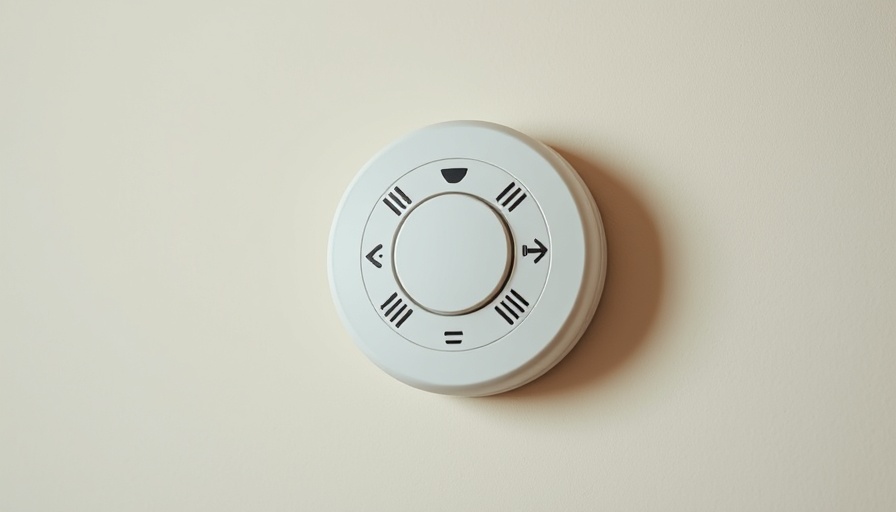
Understanding the Risk of Intimate Male Organ Cancer
When discussing men's health, issues surrounding the penis often draw less attention than they deserve, yet they can significantly impact a man's overall well-being. One of the most daunting concerns is penile cancer, a rare but serious condition that can affect both the physical and psychological health of those diagnosed. Recent studies suggest that rates of penile cancer are on the rise, particularly in countries like Brazil, where the incidence is more than double that of the United States, which raises a clarion call for awareness and prevention.
What is Penile Cancer?
Penile cancer typically manifests as a sore or growth on the penis that doesn’t heal, often resembling a reddish rash or crusty bumps that may bleed. Due to the sensitive and intimate nature of the affected area, many men may feel embarrassed about seeking help for symptoms, potentially delaying diagnosis and treatment.
Understanding the signs of penile cancer is critical for early intervention. Men who notice persistent sores, growths, or changes in the appearance of their penis should consult a healthcare professional without hesitation.
Statistics That Raise Concern
While penile cancer accounts for less than 1% of all cancers in men in the U.S., the recent surge in cases, especially recorded in Western countries, is particularly alarming. Traditionally, the incidence of the disease had been waning, but a new phenomenon suggests otherwise. For instance, countries like England, Denmark, and the Netherlands have observed an unsettling 20-30% increase in diagnoses over the past 30 years, mirroring, albeit somewhat later, trends seen in Brazil.
Brazil's alarming statistic of over 6,500 penile amputations in the last decade illustrates just how serious this issue has become, translating to around two cases per day. Such figures underline the need for increased awareness and education surrounding this topic.
Identifying Risk Factors
Understanding the factors that contribute to the development of penile cancer is a vital step in prevention. Risk factors include being uncircumcised, practicing poor hygiene, having multiple sexual partners, and a history of sexually transmitted diseases. Moreover, certain behaviors such as tobacco use and exposure to ultraviolet light treatments exacerbate these risks.
One of the emerging threads in the conversation around penile cancer is the link to Human Papillomavirus (HPV). While some strains of HPV are not associated with cancer, high-risk variants, particularly types 16-65, have shown a strong correlation with increasing cases of this disease, comprising 60-80% of penile cancer diagnoses.
Taking Preventative Measures
The importance of personal hygiene cannot be overstated. For those who are uncircumcised, retraining the foreskin and maintaining rigorous hygiene standards can mitigate risks significantly. In fact, research highlights that uncircumcised men who uphold proper hygiene do not face a higher risk than their circumcised peers.
For men concerned about their risk, circumcision may offer an effective means of both hygiene and prevention. A significant meta-analysis indicated a 33% reduction in HPV infections among men who underwent the procedure, addressing one major risk factor associated with penile cancer.
The Emotional Impact of Diagnosis
Receiving a diagnosis of penile cancer can be devastating, with implications stretching far beyond physical health to touch on emotional and psychological well-being. The notion that treatment could involve amputation is daunting. As Robin Williams humorously but insightfully noted, the psyche of a man is closely tied to his genital health. Enhancing awareness and normalizing conversations around male health challenges is crucial in alleviating stigma and empowering men to seek help.
Engaging in Open Conversations About Men’s Health
It’s vital for men to engage in candid conversations about their health, proving that there’s strength in vulnerability. From public health campaigns to private conversations among friends, spreading awareness can save lives. Each shared story brings us closer to breaking down the barriers and misconceptions surrounding male health issues.
As we navigate discussions regarding men's health, we must acknowledge that taking an ounce of preventive action today can yield significant benefits tomorrow. By staying informed and proactive, men can take charge of their health, empowering them and those around them.
If you or a loved one is concerned about these issues, don’t hesitate to consult a healthcare provider for guidance and support. Take the first step towards proactive health management today!
 Add Row
Add Row  Add
Add 



Write A Comment